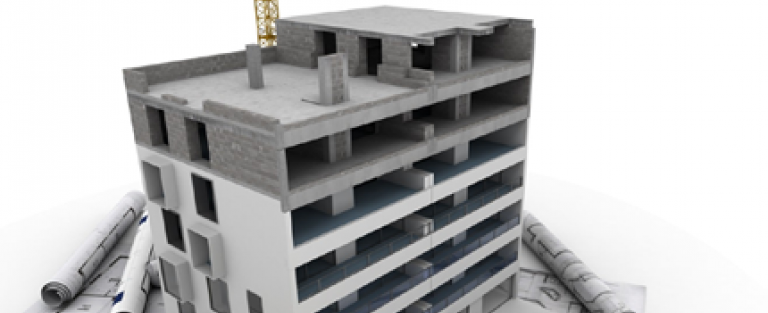Managing a construction project successfully involves careful planning, effective communication, and precise execution. From concept to completion, a project manager oversees each phase to ensure that every detail aligns with the client’s vision and expectations. Here are the key steps to achieving success in construction project management:
1. Initial Concept and Planning
The first stage is all about defining the project’s vision, goals, and scope. At this point, project managers work closely with the client to understand their needs, objectives, and budget. Here are the primary steps during this phase:
- Define Scope and Objectives: Outline what the project aims to achieve, including essential features, budget, and timelines.
- Create a Feasibility Study: Assess the project’s viability by evaluating resources, timelines, and estimated costs. This helps in making an informed decision before moving forward.
- Develop a Preliminary Budget: Based on the project’s scope and requirements, create a budget estimate that accounts for materials, labor, and other potential costs.
2. Design and Development
With the concept in place, the next phase involves transforming the vision into a concrete plan. This phase requires input from architects, engineers, and other professionals to draft detailed blueprints and project plans.
- Create Detailed Drawings and Blueprints: These documents guide construction teams and include all necessary measurements, materials, and structural details.
- Plan for Permits and Approvals: Coordinate with local authorities to secure necessary permits. Understanding local building codes and regulations is essential for compliance.
- Budget and Schedule Refinement: Refine the budget and timeline based on detailed plans, ensuring they’re realistic and in line with project requirements.
3. Pre-Construction Preparations
The pre-construction phase involves setting up the groundwork, including hiring contractors, securing resources, and finalizing contracts.
- Select Contractors and Vendors: Choose reliable contractors and vendors who align with project goals and quality expectations.
- Develop a Site Logistics Plan: Prepare for construction by planning the site layout, including equipment placement, access points, and safety measures.
- Finalize Contracts and Agreements: Clearly outline terms with contractors, subcontractors, and vendors to avoid misunderstandings later in the project.
4. Project Execution and Monitoring
This is the core phase where the actual construction takes place. Project managers must monitor progress closely to ensure everything goes according to plan.
- Coordinate Construction Activities: Organize daily tasks, manage resources, and ensure that each team understands their responsibilities.
- Track Progress Against Schedule and Budget: Regularly assess progress to confirm that the project is on track. Address any delays or budget adjustments promptly.
- Quality Control and Inspections: Conduct regular inspections to ensure all work meets quality standards and specifications.
5. Effective Communication and Problem Solving
Clear and consistent communication is essential in construction project management. It enables quick problem-solving and keeps all stakeholders informed.
- Weekly Progress Meetings: Host regular meetings with the team to discuss progress, address issues, and set upcoming tasks.
- Stakeholder Updates: Keep clients and other stakeholders informed of milestones and address any changes or concerns.
- Proactive Issue Resolution: Construction projects often encounter unexpected challenges. A proactive approach to resolving issues can help prevent delays and budget overruns.
6. Post-Construction and Finalization
As the construction nears completion, it’s crucial to wrap up remaining tasks and prepare the site for handover.
- Conduct Final Inspections and Quality Checks: Ensure all work is complete and meets specifications before finalizing the project.
- Address Punch List Items: Create a punch list of any last adjustments or touch-ups that need attention, ensuring everything is up to standard.
- Complete Documentation: Organize all project-related documents, including permits, warranties, and maintenance guidelines, for easy access by the client.
7. Handover and Closeout
The final step in the project management process is handing over the finished project to the client. This involves ensuring they are fully satisfied and understand how to maintain the structure.
- Client Orientation and Training: Walk the client through the completed project, explaining any systems or features they need to know.
- Obtain Client Sign-Off: Secure the client’s approval on all aspects of the project to officially close it out.
- Project Evaluation and Feedback: Gather feedback from the client to improve future projects, and conduct a post-project review with the team to identify key takeaways.
Successfully managing a construction project from concept to completion requires attention to detail, clear communication, and a structured approach. By following these key steps, project managers can deliver projects that meet client expectations on time and within budget. With a well-defined process, each phase builds on the previous one, creating a seamless journey from the initial idea to a finished structure.

